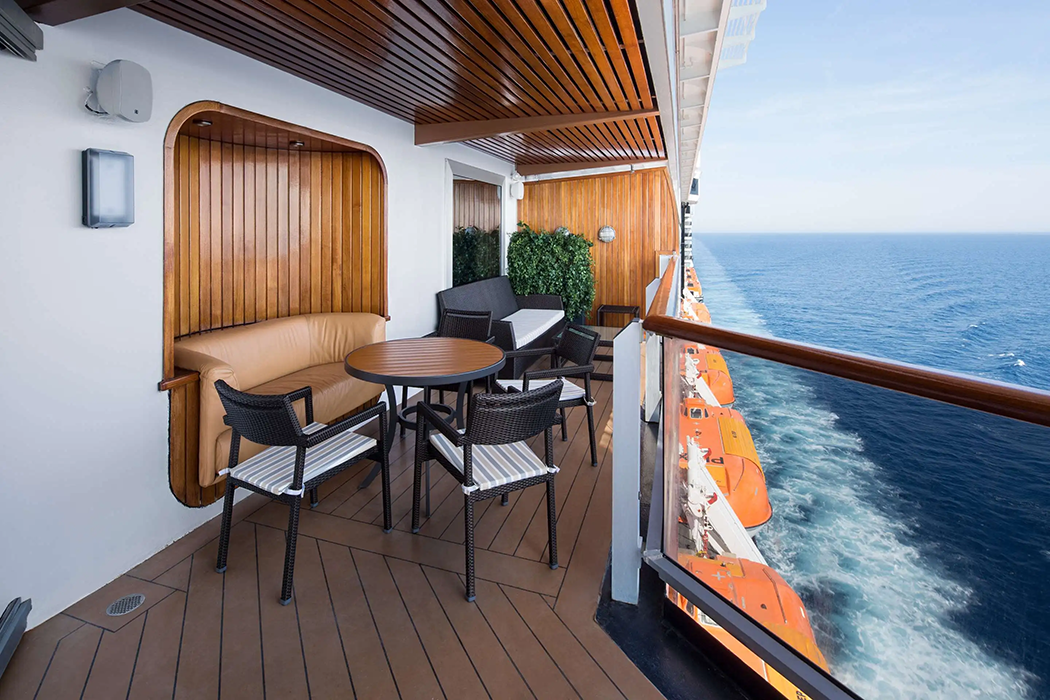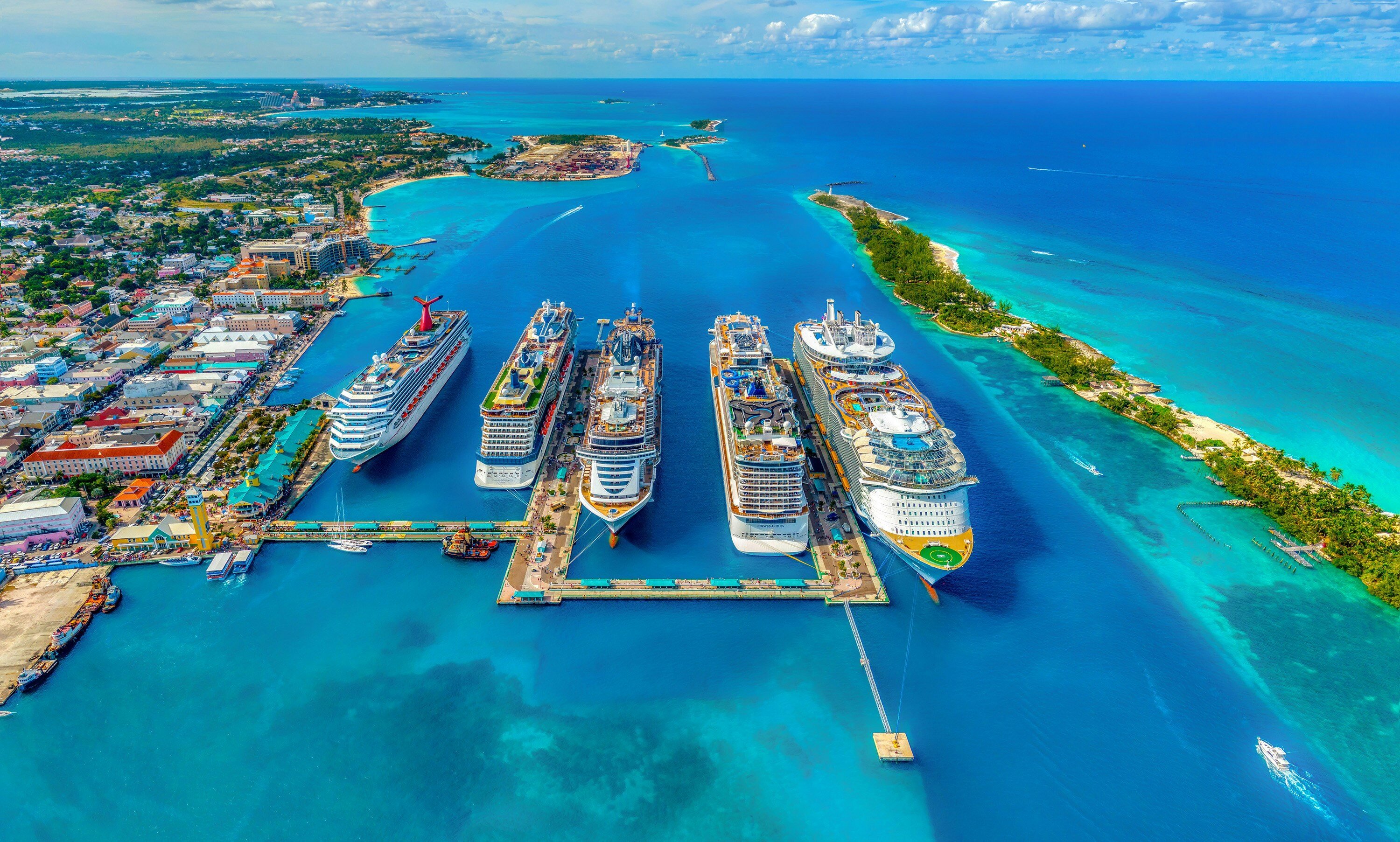Pasta, wine, & Azamara, Does it get any better?
Learn about Italian culture and food on a cruise through Italy. From old-fashioned glamor to fantastic food at every turn Azamara offers a unique look at Italy. Most recognize Italy as the expert on two staples: pasta and wine, but no one eats pasta like an Italian.
The average Italian eats 50 pounds of pasta a year. Not only does most of the pasta we eat originate from Italy, but nobody eats more pasta per capita than Italians. Some argue Marco Polo delivered pasta to Italian culture in the 13th century, however, there is evidence of lasagna in roman populations. While the historic origins of pasta are unclear, the pasta we eat today is generally an Italian export.
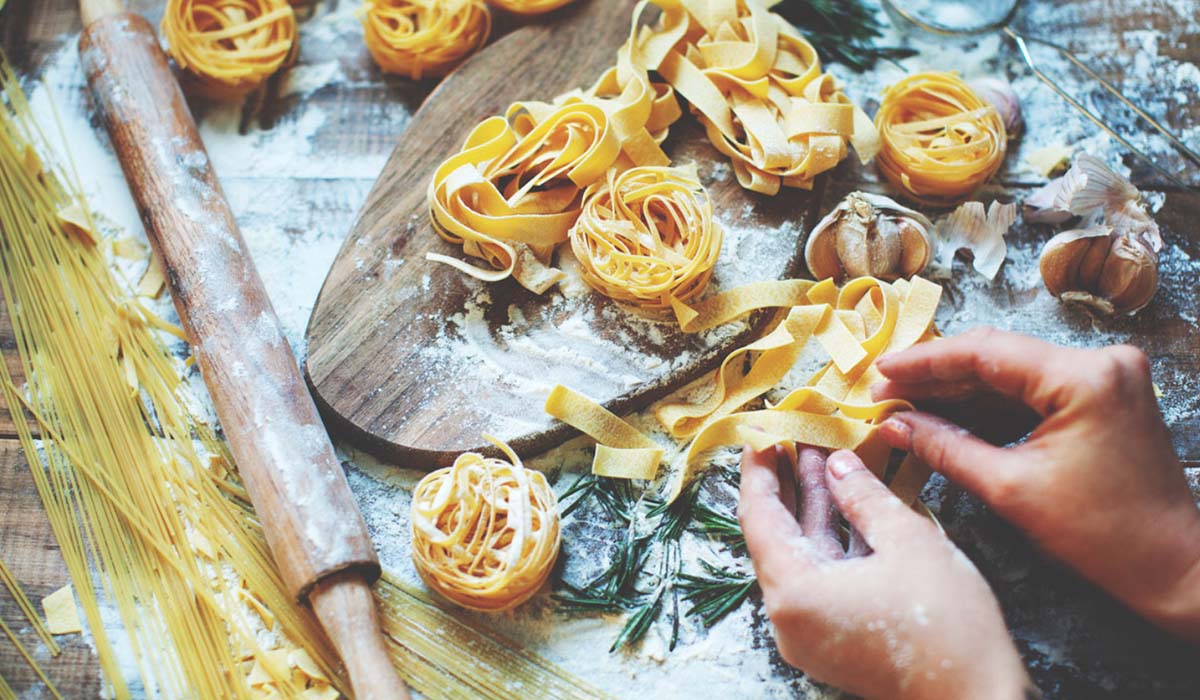
Why Pasta took off in Italy
A big reason pasta production thrived in Italy was because of Italy's well-suited climate and soil. The solid type and weather in Sicily and Campania are ideal for growing durum, the wheat used in pasta. First introduced by the Arabs in the 9th century, durum is a hard type of wheat that produces coarse flour that resembles sugar. High in gluten content, durum wheat flour or semolina can be stored for long periods. The long shelf life made pasta ideal for long winters and the long voyages of explorers.
Naples became the epicenter of the pasta industry thanks to the perfect climate for drying pasta. Mild sea breezes along with hot winds from Mount Vesuvius meant the fresh pasta wouldn’t get moldy from drying too slowly or crack from drying too fast. Between 1700 and 1785, the number of pasta shops in Naples alone expanded from 60 to 280, helped in part by the invention of machines like the Torchio used for making noodles. Around this time, Neapolitans were so fond of pasta, they were known as mangiamaccheroni or macaroni-eaters. Rich or poor, pasta was commonly enjoyed.
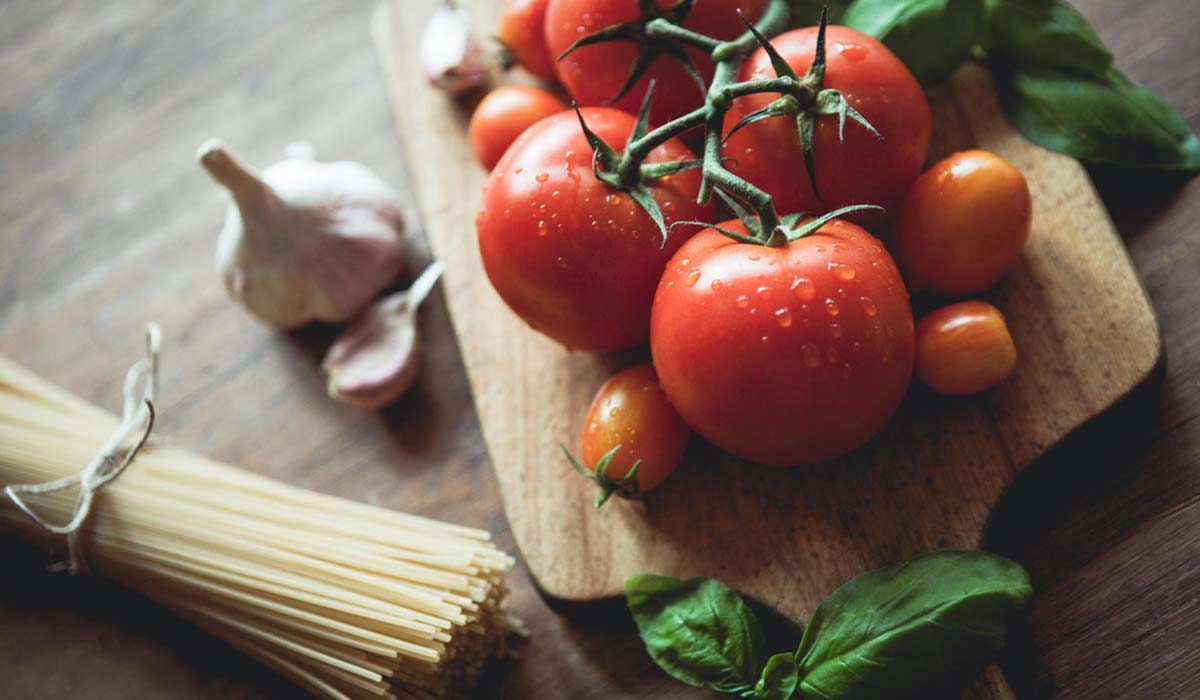
The Introduction of Tomatoes
When pasta first became popular, it was typically eaten with bare hands and seasoned with cheese. This changed in the 19th century with the introduction of tomatoes. Our first documented pasta recipe containing tomatoes comes from 1839, however, the delicious dish wasn't immediately embraced. Nicknamed the "devil's fruit," tomatoes were blamed for food poisoning and other illnesses. Soon the tomato's taste overcame its initial reputation and tomato sauces were incorporated into a variety of Italian dishes.
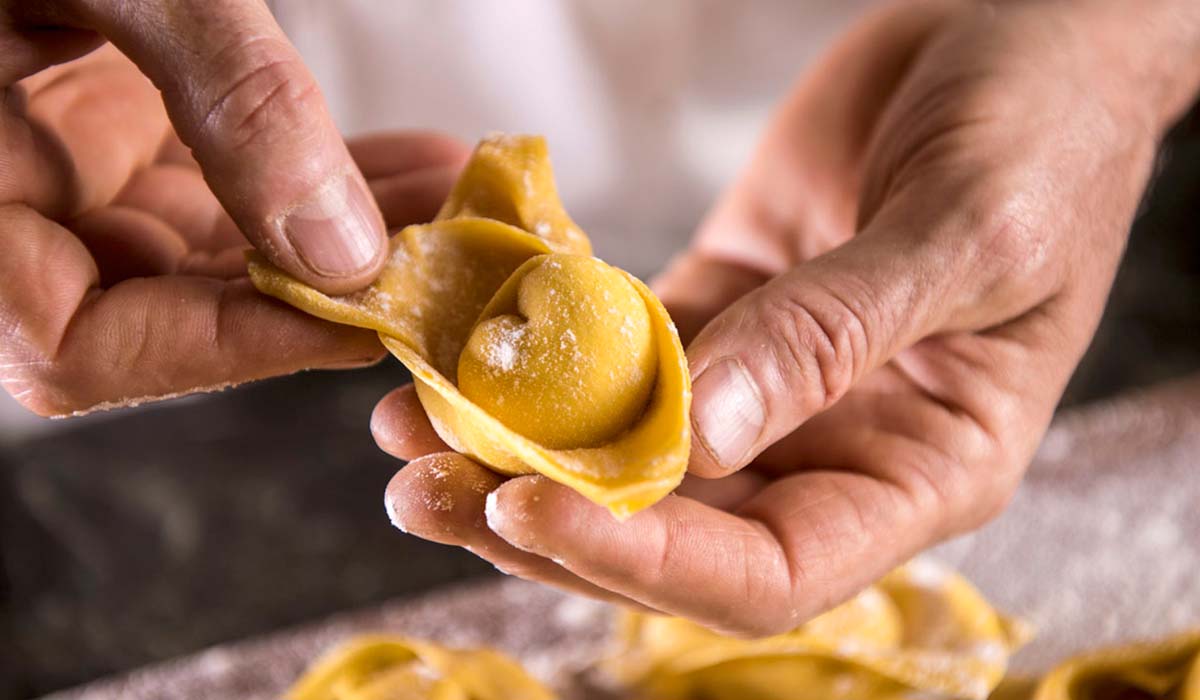
From Maccoroni to Orecchiette
There are more than 350 different kinds of pasta in Italy alone, all having different names based on their size and shape. The 20 regions of Italy are known for different types of pasta, each one designed to hold sauce in a certain way. In Campania, located in Southern Italy, you’ll find the area is known for the iconic penne pasta. The name means pen or quill, and its hollow pen-like shape is designed to hold tomato or meat sauces and go in pasta bakes.
In the region of Sicily, the historic city Catania is famous for Pasta Alla Norma. This regional dish features noodles, covered in tomato sauce, eggplant, and ricotta.
In Puglia, a picturesque region in the heel of Italy’s boot, orecchiette is the pasta of choice. The name means ear, derived from their shape, as this pasta resembles a small ear. Orecchiette is the perfect shape for soaking up sauces and is traditionally served with broccoli rabe. In addition, Liguria in North-Western Italy is known for trofie, a rolled pasta typically served with pesto.
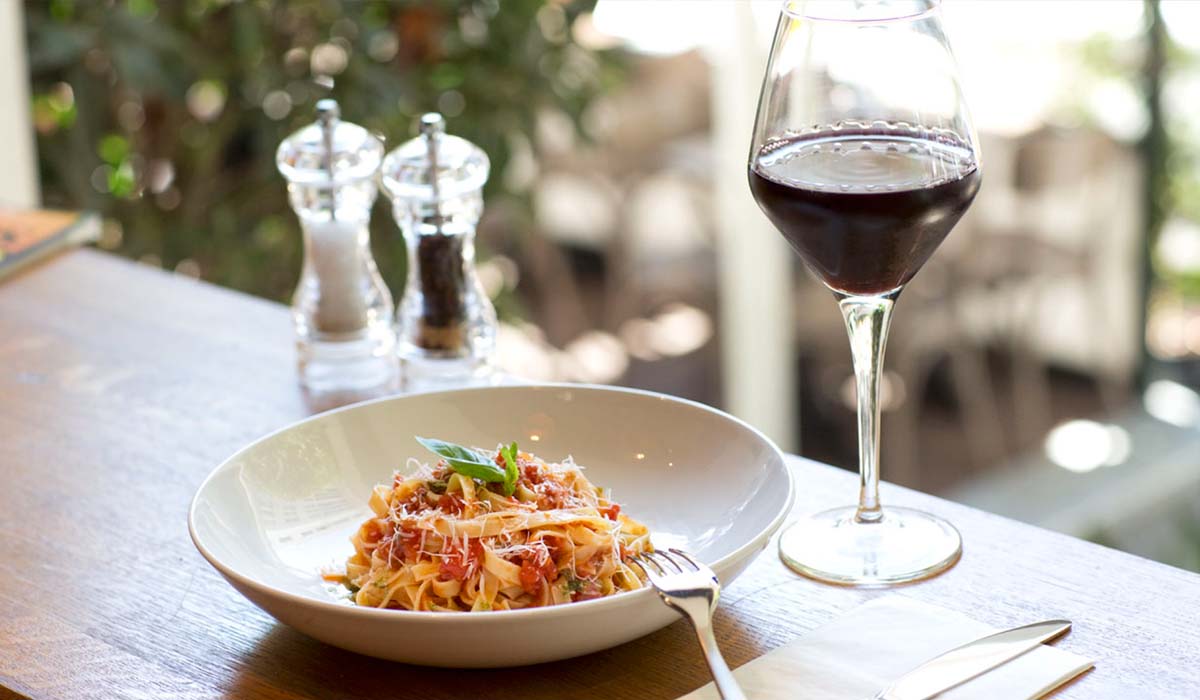
The Perfect Pairing
While tomatoes may bring out the best of pasta, another Italian product pairs perfectly as a beverage. Long before Italians were eating pasta, they were producing wine. There’s evidence that production first started between 1300 and 1100 B.C. after traces of wine were found in a cave in Sicily. In the Dark and Middle Ages, monks and the Catholic Church were the primary makers of wine in the region.
With thousands of years of experience making wine and a climate suited to growing vineyards, Italy continues to be the top wine producer globally. Producing 42 to 55 million hectoliters of wine each year, Italy is responsible for a quarter of worldwide production.
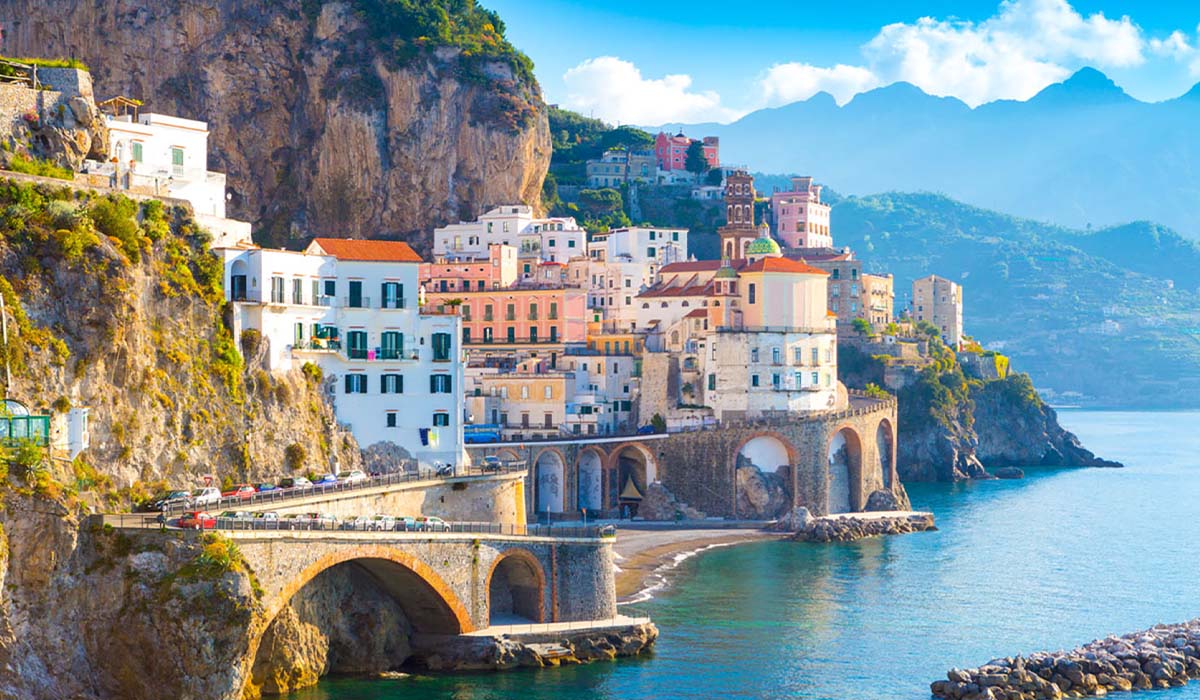
Save on your exploration of Italy!
On top of inclusive gratuities, select beverages, exclusive cultural events, and more guests can Save up to 30% and receive $500 in Onboard Credit on a wide variety of voyages sailing from January 7, 2022 – to May 5, 2023. Take advantage and save by booking this limited-time offer before March 31, 2022. For an even better experience check out the Azamara Club!
What's included?
- Complimentary AzAmazing Evenings® event or onboard Destination Celebration
- Gratuities
- Select standard spirits, international beers, and wines
- Self-service laundry
- Concierge services for personal guidance and reservations
- Plus more depending on Cabin type!

